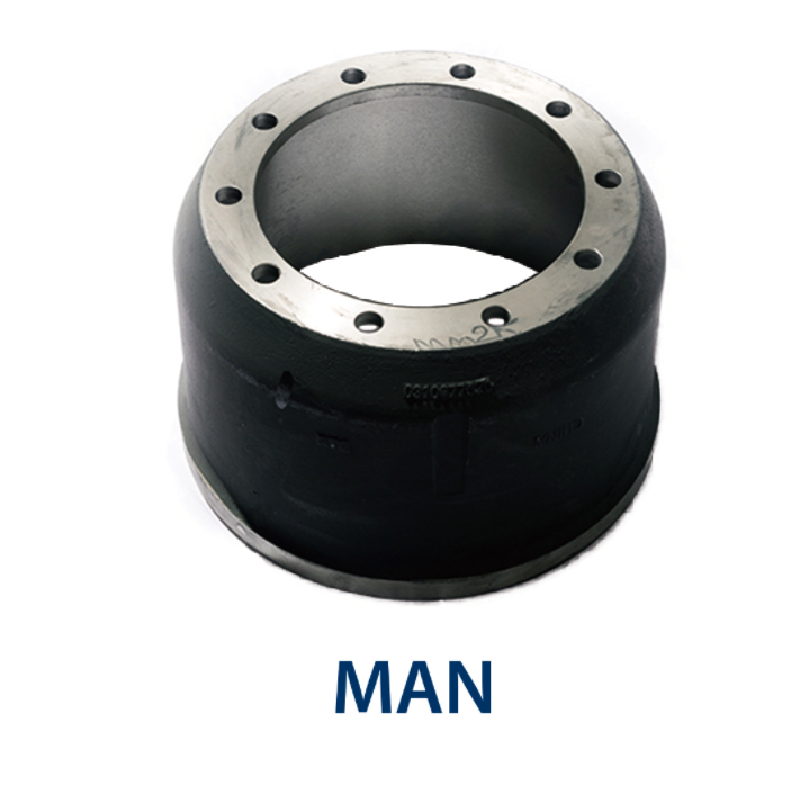Nov . 08, 2024 15:44 Back to list
parts of brake drum
Understanding the Parts of a Brake Drum
Braking systems are critical for the safety and performance of vehicles, and one of the key components in many cars is the brake drum. While there are various types of braking systems, the brake drum is often found in older vehicles and some modern designs, particularly in the rear braking systems. Understanding the parts of a brake drum and how they work together is essential for maintaining vehicle safety and performance.
What is a Brake Drum?
A brake drum is a cylindrical component that houses the braking mechanism. It is typically made of cast iron or aluminum alloy, designed to withstand high temperatures produced during braking. The inner surface of the drum is machined to create a smooth, flat surface for the brake shoes to make contact with.
Main Components of a Brake Drum
1. Brake Drum Housing The primary outer part of the brake assembly, the brake drum housing, absorbs the force created when brakes are applied. It spins with the wheel and is mounted securely onto the wheel hub.
2. Brake Shoes Inside the brake drum, there are curved components known as brake shoes. These shoes are lined with friction material that provides the necessary grip against the drum when the brakes are engaged. When the brake pedal is pressed, hydraulic pressure pushes the brake shoes outward against the inner surface of the drum, creating friction that slows the vehicle.
3. Wheel Cylinder The wheel cylinder is a vital hydraulic component that pushes the brake shoes apart. When the driver presses the brake pedal, hydraulic fluid from the master cylinder flows into the wheel cylinder, causing its pistons to move outward. This action forces the brake shoes against the drum, allowing the vehicle to slow down or stop.
parts of brake drum

4. Adjuster Brake drums often include an adjuster mechanism, which helps maintain the proper distance between the brake shoes and the drum. As the brake shoes wear down over time, the adjuster compensates for this wear by automatically moving the shoes closer to the drum, ensuring consistent braking performance.
5. Return Spring When the brakes are released, the return springs pull the brake shoes back into their original position against the backing plate. This action is crucial to ensure that the shoes do not drag against the drum, which could lead to unnecessary wear and overheating.
6. Backing Plate This component serves as a support structure for the brake shoes and other hardware. It is mounted to the vehicle’s axle and provides a surface for the wheel cylinder and return springs to attach.
How Brake Drums Function Together
When a vehicle’s driver presses the brake pedal, hydraulic fluid is sent from the master cylinder to the wheel cylinder. The wheel cylinder pushes the brake shoes outward against the brake drum’s inner surface. The friction generated between the shoes and the drum slows down the rotation of the wheel.
Maintaining a proper working condition of the brake drum involves regular inspection and, if necessary, resurfacing or replacing both the brake shoes and the drum itself. Over time, the friction material on the shoes wears down, and the drum can also become out-of-round or develop hot spots from excessive heat. Such issues can lead to decreased braking efficiency, increased stopping distances, and a potential safety hazard.
Conclusion
Understanding the parts of a brake drum system enhances vehicle safety and extends the lifespan of braking components. Regular maintenance checks, including inspections of the brake drum, shoes, and associated hardware, are essential. Drivers should be aware of signs of wear, such as grinding noises or decreased braking power, and take prompt action to address any issues. By maintaining the brake drum system properly, one ensures a safer driving experience while maximizing the performance of their vehicle’s braking system.
-
FUWA: Premium Quality, Reliable Performance & Innovative Solutions
NewsAug.25,2025
-
Liza Brake Drum: Superior Quality & Performance for Safe Driving
NewsAug.24,2025
-
Iveco Brake Drum | Premium OE Quality for Daily & Eurocargo
NewsAug.22,2025
-
Your Brake Drum Man: Quality & Performance Parts
NewsAug.21,2025
-
Explore Japan: Ultimate Travel Guide & Authentic Experiences
NewsAug.19,2025
-
Your Brake Drum Man: Premium & Reliable Brake Drums for Sale
NewsAug.18,2025
